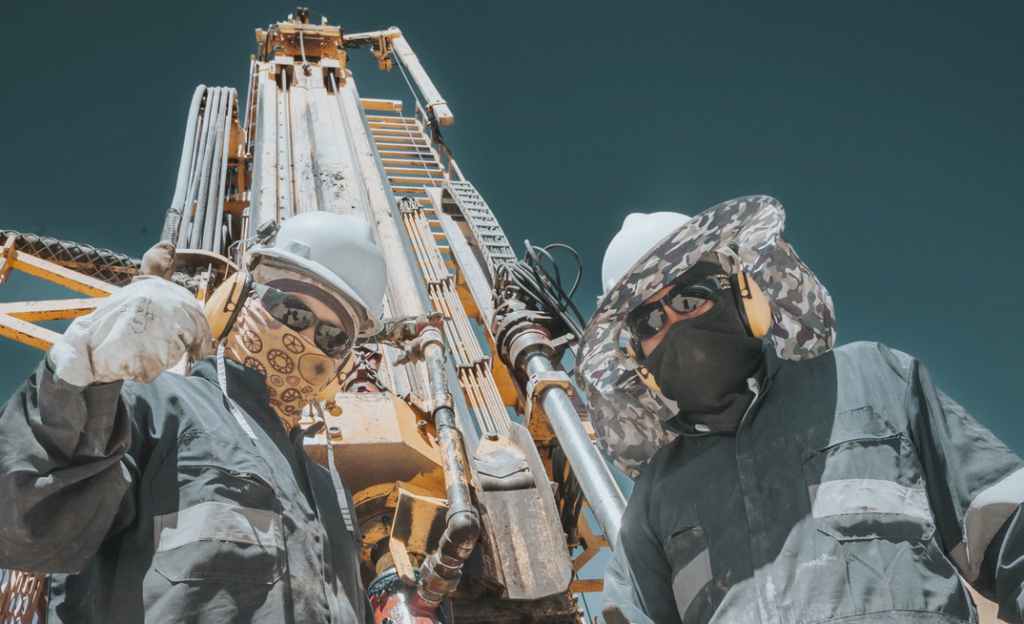Updated Costa Fuego study outlines 20 years of copper-gold production
27 March 2025

After a decade in the Chilean copper space, Hot Chili is closer than ever to delivering a developable Costa Fuego project it now believes can deliver some 3.3 billion pounds of the red metal over two decades.
Two years after delivering a preliminary economic assessment, today’s prefeasibility study has outlined a more expensive, but larger and more robust development option that could generate US$3.9 billion in free cash over 20 years.
The PFS outlines a project that could produce around 116,000 tonnes per annum of copper equivalent over the mine life at all-in sustaining costs of $1.85/lb after credits for the gold, silver, and molybdenum.
The first 14 years should support the production of 95,000tpa copper and 48,000 ounces per annum gold from reserves now re-stated as 502Mt grading 0.37% copper, 0.10 grams per tonne gold, 0.49gpt silver, and 97 parts per million molybdenum.
YOU MIGHT ALSO LIKE
- Traders eye $12k copper at Swiss conference
- Belararox bounces on thick copper shows
- Holy moly! Copper’s ‘ugly stepsister’ getting some love
Total resources are 798 Mt grading 0.45% CuEq, making it one of the largest undeveloped copper projects globally.
Early mining is concentrated at the Productora and Alice open pits before the focus shifts to the Cortadera underground.
Processing comes from a circa 21Mtpa sulphide concentrator and leaching facilities.
Initial capex is now $1.27 billion, almost $220 million more than originally outlined, while an expansion will cost almost double the prior estimate at $1.3 billion.
Assuming a copper price of $4.30/lb, post-tax net present value is put at $1.2 billion with an internal rate of return of 19%.
Payback should be around 4.5 years.
At the prevailing near-record spot price of $5.30/lb, NPV jumps to $2.2 billion with an IRR of 30%.
Credits: Hot Chili
Hot Chili says its work has reduced development risks, and it estimates it will offer some of the lowest capital intensities of any project along Chile’s coastal belt at $14,079/t CuEq.
The company expects to have a better leverage to the copper price than its peers, such as Capstone Copper’s Mantoverde mine or Santo Domingo development, BHP’s new Filo del Sol investment, or Solgold’s Cascabel.
Further, its location on the coastal belt offers easier access to water and power than its peers at higher elevations.
Hot Chili also claims to have a head start in permitting on its rivals. Its stage one environmental impact assessment is due to be submitted soon.
Growth targets
Work on a second EIA that supports the integration of the La Verde porphyry, which was excluded from the PFS, could enhance project economics in the planned definitive feasibility study.
Managing director Christian Easterday said Hot Chili was now “within an elite grouping of copper developments globally” that could offer a meaningful source of near-term copper into a market set to struggle to meet demand.
The company will advance its DFS and drill out La Verde over the next year.
It aims to deliver its first red metal by the end of the decade.
Glencore looming in background
The question remains: how will it pay for it? Hot Chili has around A$19 million in cash to fund its DFS and studies for a complementary Huasco water supply and desalination business.
With Glencore still on the register as a 7.5% shareholder, it is an obvious development partner. As long as the Swiss-based trader maintains that equity level, it can purchase up to 60% of concentrate for the first eight years of its life.
A PFS for the Huasco Water project is also imminent.
Hot Chili shares were up 2% in early trade to 72c, capitalising the company at $108 million.
The stock has traded between 60c and $1.31 over the past year, having peaked at $2.60 in 2020.
